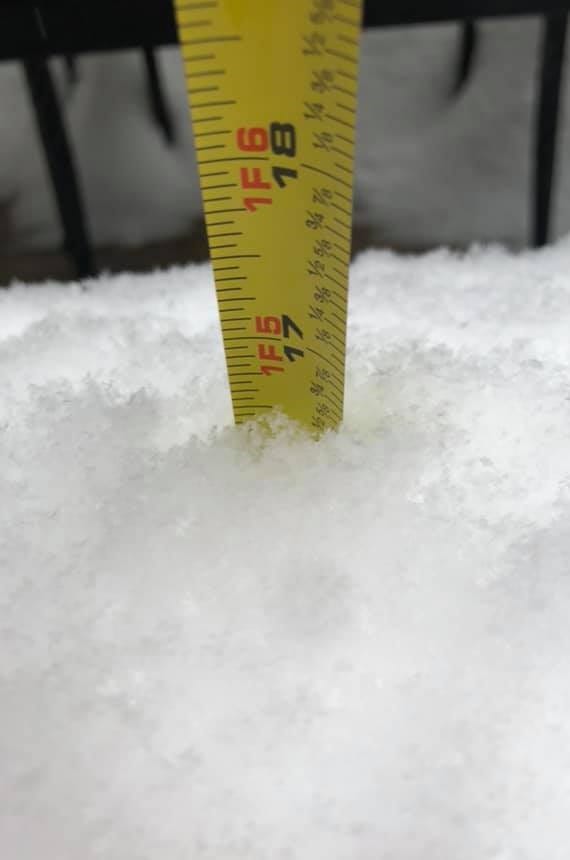Engaging Homeschool Science: Snow-Based Experiments
Written on
Chapter 1: Introduction to Snow Experiments
In this guide, we will delve into an exciting science experiment that utilizes snow. This engaging activity allows students to discover the weight, cubic volume, and liquid volume of snow, fostering both scientific understanding and mathematical skills.

Photo by Kim Mitchell. Used with permission.
The Experiment Process
- Research Online: Begin by investigating the weight of water based on volume (e.g., “water weighs X pounds per gallon”).
- Prepare a Sample: Cut a block of snow approximately 6 inches on each side.
- Weigh the Snow: Use a scale outdoors to weigh the block of snow immediately, preventing it from melting.
- Calculate Volume: Determine the volume of snow in gallons or ounces based on its weight.
- Melt the Snow: Allow the snow to melt in a container.
- Measure Liquid Volume: After melting, measure the resulting volume of water.
- Evaluate Calculations: Compare your calculated volume to the measured volume.
Follow-Up Questions
- Our snow block measures six inches on each side; can you convert that to cubic feet?
- How much snow is in a designated area of your yard? Measure its cubic feet.
- Based on the weight per cubic volume, what is the total weight of the snow in your measured area?
- How many gallons of snow does your test area contain?
- (Advanced) Can you express your mathematical calculations as algebraic formulas?
- (Advanced) In your formulas, which values remain constant?
Variations to Try
- Variation 1: If there’s ample snow, consider using a block measuring 12 inches on each side. This will simplify calculations by providing a cubic foot sample.
- Variation 2: Explore using metric measurements instead of standard ones.
Learning Objectives
- Encourage students of various ages to engage in tasks suited to their capabilities. Younger learners can focus on linear measurements or cutting the snow block, while older students can tackle ratios and conversions.
- Enhance skills in online research.
- Conduct linear and volume measurements.
- Weigh objects accurately.
- Utilize rulers, tape measures, measuring cups, and scales.
- Convert between gallons and ounces, and between inches and feet.
- Calculate cubic volumes.
- Apply ratios to determine unknown weights and volumes from established values.
Chapter 2: Additional Resources
The first video, "Science Experiments with Snow: Snow, Baking Soda and Vinegar," provides further insights into fun snow-based activities.
The second video, "Ice Science Experiments for Kids to Do at Home," presents simple, engaging experiments that children can carry out with minimal supervision.
We invite you to share your findings and experiences in the comments section! Thank you for participating!